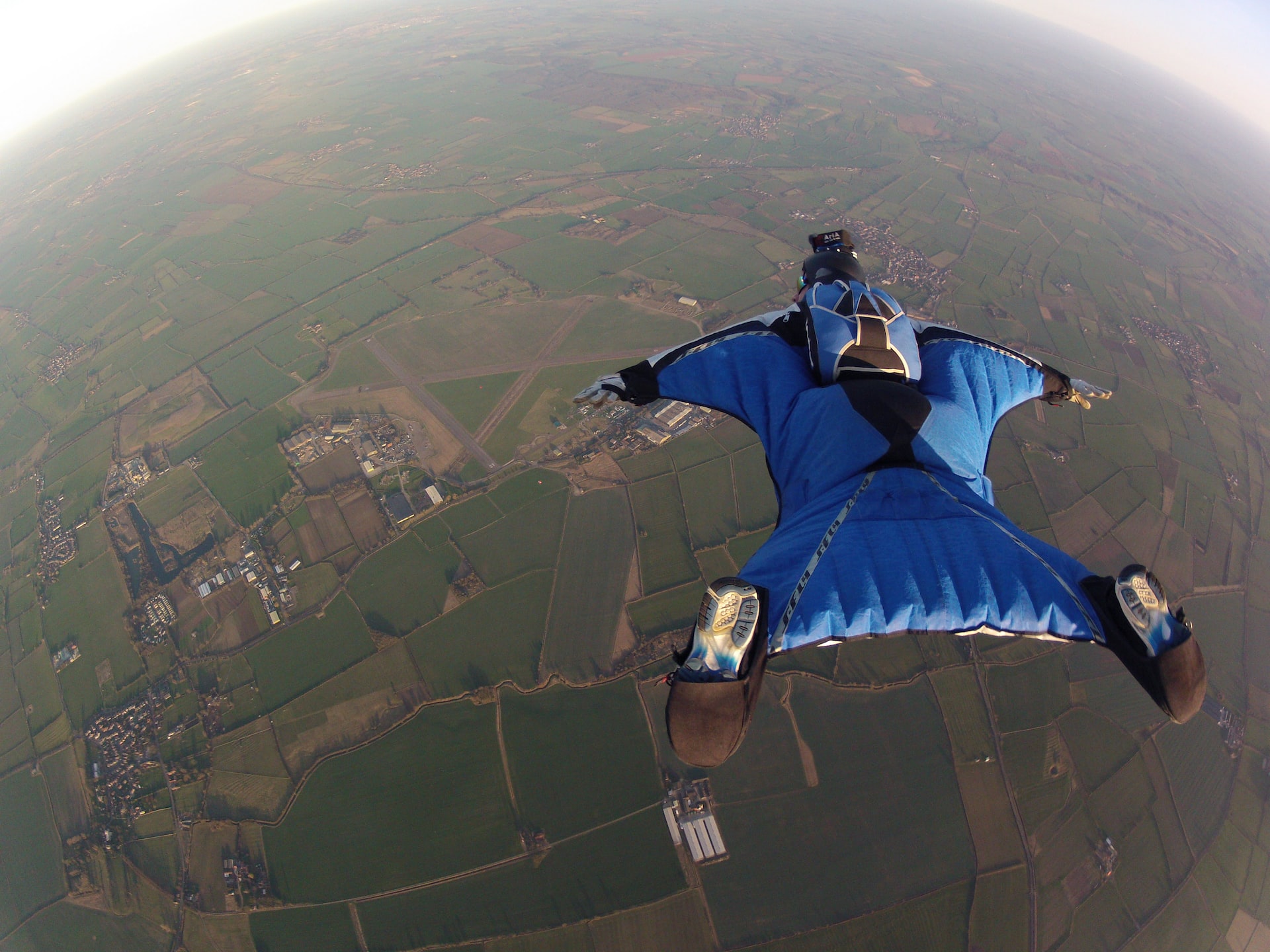There are three categories of people who watch sporting events from the stands: People who participate in physical activity can be classified into one of three groups: couch potatoes, who despise anyone who works hard enough to break a sweat; regular enthusiasts, who enjoy working out on occasion; and zealots. Zealots are people who are completely dedicated to their chosen activity and will do anything to achieve their goals. A person who spends their entire day lazing around on the couch and looks down their nose at those who put in effort sufficient to break a sweat is known as a couch potato. The third and final category is comprised not only of professional sportsmen but also of amateurs who take part in extreme sports and appear to have an addiction to risk.
You don’t need to look any further if you’re an adrenaline addict in search of your next fix since we’ve put up a list of the five most thrilling sports for you to try out (and some of them can be fatal).
1. Surfing on Large Waves the Ocean is Rife With Swells and Waves.
Big-wave surfing is without a doubt one of the most dangerous sports that can be participated in, as can be attested to by anyone who has watched videos of the best surfers in the world being overcome by the enormous waves that can be found at Nazaré. Even though there is a possibility of major damage or even death, areas like Nazaré (especially Praia do Norte), Teahupo’o in Tahiti, and Hawaii’s renowned Jaws (Pe’ahi) continue to draw hundreds of tourists each year.
2. Scuba Diving in Caves
Being on or near the water is one of the most dangerous things one can do, which should not come as a surprise given the inherent dangers that are there in the environment. People put themselves in potentially hazardous situations when they participate in aquatic activities like cave diving and surfing since these pursuits put them at the whim of the ocean. There have been many studies conducted, and the findings indicate that novice divers who do not have any sort of diving certification have a 1 in 1125 chance of passing away as a result of a diving accident. This statistic comes from the perspective of divers who do not have any training or experience. This presents a risk that is far higher than that faced by experienced divers.
3. Make a Jump While Wearing a Parachute
Jumping off of “buildings,” “antennas,” and “spans,” in addition to jumping off of the “earth,” has been increasingly popular over the past few decades and is guaranteed to have your heart racing every time. In 1966, Yosemite National Park was the location of the first free solo jump off of El Capitan. Equipment that was more commonly associated with skydiving at the time was utilized by the early participants. BASE jumpers of today use a single parachute for both short jumps (during which they do not achieve terminal velocity) and enormous leaps. BASE jumpers of the past used separate parachutes for each type of jump (allowing participants to free fall).
4. Free Solo Climbing, Which Entails Ascending a Mountain or Rock Face Without the Assistance of a Rope or a Climbing Partner.
Like the water, the mountains have a way of drawing in people who are looking for an adrenaline rush. In the year 2020, the sport of climbing will make its debut in the Olympic Games for the very first time in the city of Tokyo. Climbers came from all around the world to participate in the celebration following the route’s addition to the list. There are a wide variety of climbing styles, and some of them involve greater danger than others. The following are examples of climbing activities: Climbing can put your life in jeopardy. One of the most dangerous activities a person can take part in is free solo climbing, which is a type of climbing that stands out among other climbing disciplines. When ascending vertical terrain, climbers do not make use of ropes, harnesses, or any other type of climbing equipment (rock or ice). Climbers with a strong sense of adventure continue to enjoy the activity, despite the fact that it has resulted in a significant number of fatalities. This is due to the fact that climbers tend to take greater risks.
5. Snowboarding While Sitting in the Passenger Seat of a Helicopter
Some individuals have never heard of heli-skiing, but those who have remarked that it is one of the most intense sorts of adventure sports that they have ever participated in. [Case in point] [Case in point] [Case in point] [Case in Heli-skiing is seen as an activity that presents such a significant risk of injury that its participation is expressly outlawed in a number of European nations. Skiing down slopes that had never been skied before was a popular activity in the 1970s and 1980s. This sport involved being hoisted by a helicopter to slopes that had never been skied before. This is essentially a larger version that is both quicker and classier than the previous one. One example of this would be a ski lift. The fact that skiers are physically dumped at the top of a slope and run the risk of being caught in a destructive avalanche is something that all skiers are forced to contend with. However, surviving in an environment where there is no connection to other people is a significantly more difficult challenge. Because of this, heli-skiing has a well-deserved reputation as a type of sport that is known to significantly increase one’s heart rate.
These are just a few examples of extreme sports; there are many more to choose from, more than enough to satisfy any thrill seeker who also appreciates activities that get their adrenaline pumping, such as playing real money online blackjack or one of the other casino table games.
- Enhancing Trust with Blockchain Identity Verification - January 24, 2024
- How Marijuana Turns You into a Food Lover - December 1, 2023
- Behind the Scenes of the U.S. Nuclear Gun - November 28, 2023

